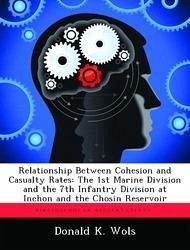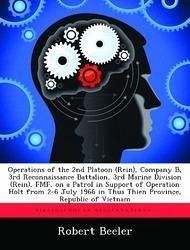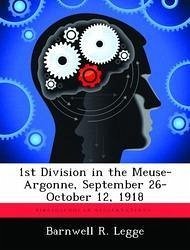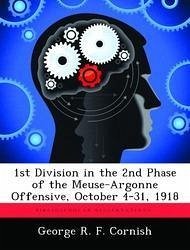Nicht lieferbar

Relationship Between Cohesion and Casualty Rates: The 1st Marine Division and the 7th Infantry Division at Inchon and the Chosin Reservoir
Versandkostenfrei!
Nicht lieferbar
The 1st Marine and 7th Infantry Divisions fought two campaigns in Korea between September and December 1950. These divisions' levels of unit cohesion prior to and during their employment affected the number of men who became casualties during the three and one-half months of combat. Casualty rates can be affected by friendly-enemy force ratios and tactical advantages, but this historical analysis shows that units opposing similar enemies in similar tactical situations still have markedly different casualty rates that are not attributable to enemy numbers and disposition. Programs such as the S...
The 1st Marine and 7th Infantry Divisions fought two campaigns in Korea between September and December 1950. These divisions' levels of unit cohesion prior to and during their employment affected the number of men who became casualties during the three and one-half months of combat. Casualty rates can be affected by friendly-enemy force ratios and tactical advantages, but this historical analysis shows that units opposing similar enemies in similar tactical situations still have markedly different casualty rates that are not attributable to enemy numbers and disposition. Programs such as the Selective Service and the Korean Augmentation to the United States Army (KATUSA), originally designed to help combat units, ultimately destroyed any hope for cohesion that the 7th Infantry Division might have had. Comparing the performances of the 1st Marine Division and the 7th Infantry Division, after highlighting the myriad of circumstances impacting those performances, defines a relationship between their levels of cohesion and the numbers of casualties they suffered. It is clear that the 1st Marine Division was more cohesive than the 7th Infantry Division and suffered fewer casualties as a result. This work has been selected by scholars as being culturally important, and is part of the knowledge base of civilization as we know it. This work was reproduced from the original artifact, and remains as true to the original work as possible. Therefore, you will see the original copyright references, library stamps (as most of these works have been housed in our most important libraries around the world), and other notations in the work. This work is in the public domain in the United States of America, and possibly other nations. Within the United States, you may freely copy and distribute this work, as no entity (individual or corporate) has a copyright on the body of the work. As a reproduction of a historical artifact, this work may contain missing or blurred pages, poor pictures, errant marks, etc. Scholars believe, and we concur, that this work is important enough to be preserved, reproduced, and made generally available to the public. We appreciate your support of the preservation process, and thank you for being an important part of keeping this knowledge alive and relevant.











